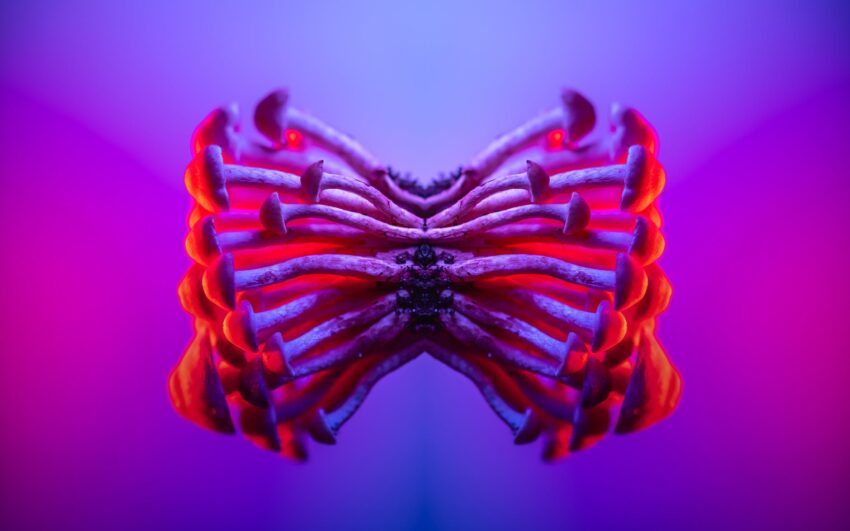Microdosing psychedelics such as psilocybin and LSD has been a hot topic in recent years, especially amongst creatives and innovators. What previously was a fringe practice within the psychedelic community has become an intriguing area of study for its potential benefits in enhancing creativity, productivity and overall wellbeing.
Microdosing refers to the practice of consuming sub-perceptual doses of psychedelics; an amount too small to produce a full-blown psychedelic experience, yet enough to spark subtle changes in thinking, mood, and perception. Typically, this involves taking about a tenth to a twentieth of a recreational dose of LSD or psilocybin.
Many proponents of microdosing tout its ability to boost creativity, problem-solving, and overall mental flexibility. This small, repeatable dose can theoretically lead to big changes, potentially unlocking parts of the mind that are typically dormant, thus fostering creativity and innovation.
Several anecdotal accounts suggested that microdosing LSD or psilocybin allows for enhanced clarity of thought, mood improvement, increased motivation, and heightened senses. Some users even report profound insights during their microdosing period which leads to improved problem-solving capacity and innovative thinking.
Though research on the benefits of microdosing is still in its early stages, preliminary studies suggest a strong correlation between microdosing psychedelics and potential cognitive enhancements. Notably, a study found that microdosing psilocybin was correlated with statistically significant enhancements in divergent and convergent thinking, essential cognitive processes tied directly to creativity and problem-solving.
But how is microdosing carried out? While there isn’t a one-size-fits-all microdosing protocol, the most common method involves taking a microdose once every three days. This microdosing schedule supposedly allows the body enough time to reset and ensures the individual doesn’t develop a tolerance to the substance.
Though microdosing psychedelics seem to provide a creativity boost from microdosing, it’s essential to note that it is not a magical panacea. The effects of microdosing can be influenced by various factors, ranging from an individual’s current state of mind, their environments, diets, sleep patterns, to their genetic makeup.
With the growing acceptance and interest in psychedelic medicine, more studies are being conducted to understand the potential therapeutic effects of microdosing psychedelics. While there’s still a lot to learn, the future of microdosing looks promising as an aid for enhanced creativity and mental health.
Just as microdosing should be approached responsibly, so should the information about it. With changing laws and the rise of legitimate scientific study, we can hope that soon, more definitive answers on the potential benefits and risks of this practice will be available. Always remember, while the promise of enhanced creativity and cognition might be enticing, the most effective and safest creativity booster remains a healthy lifestyle, including a balanced diet, regular exercise, and restorative sleep.
Microdosing psychedelics is a fascinating, yet complex topic. Alongside additional research, the continued sharing of personal experiences can provide a deep understanding of this practice and its effects. As the dialogue surrounding psychedelics in health and wellness continues, we are reminded to approach this topic with an open mind and an active pursuit of knowledge.
In conclusion, while many individuals report a boost in creativity and productivity as a result of microdosing, there’s still a need for comprehensive, long-term studies to confirm and understand these effects. It’s clear that there’s enormous potential for these substances to contribute positively to mental health and cognitive effectiveness, but as with any drug, they are not without their risks and should never be taken without thorough consideration and consultation with a healthcare professional.
